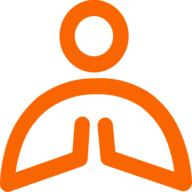Meditation is a practice that can help us cultivate mindfulness, inner peace, and a deeper connection to our intuition. While some may believe that meditation can provide insights or clarity about potential future events, it is essential to remember that the primary purpose of meditation is to be present in the moment and to deepen self-awareness. Predicting future events is not a guaranteed outcome of meditation, as the future is influenced by numerous variables and is always subject to change. Instead of focusing on predicting the future, it is more beneficial to use meditation as a tool for self-discovery, personal growth, and finding inner peace. Trusting in the present moment and learning to navigate life with mindfulness and positivity can lead to a more fulfilling and balanced existence.
General Discussion
A place to talk about whatever you want
728
Topics
1.4k
Posts
